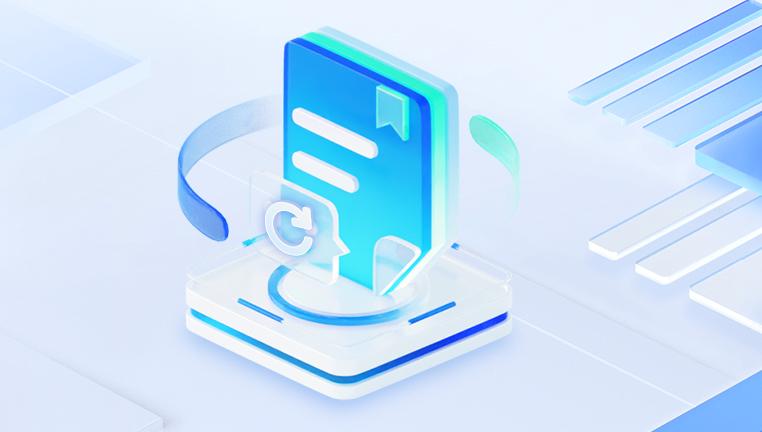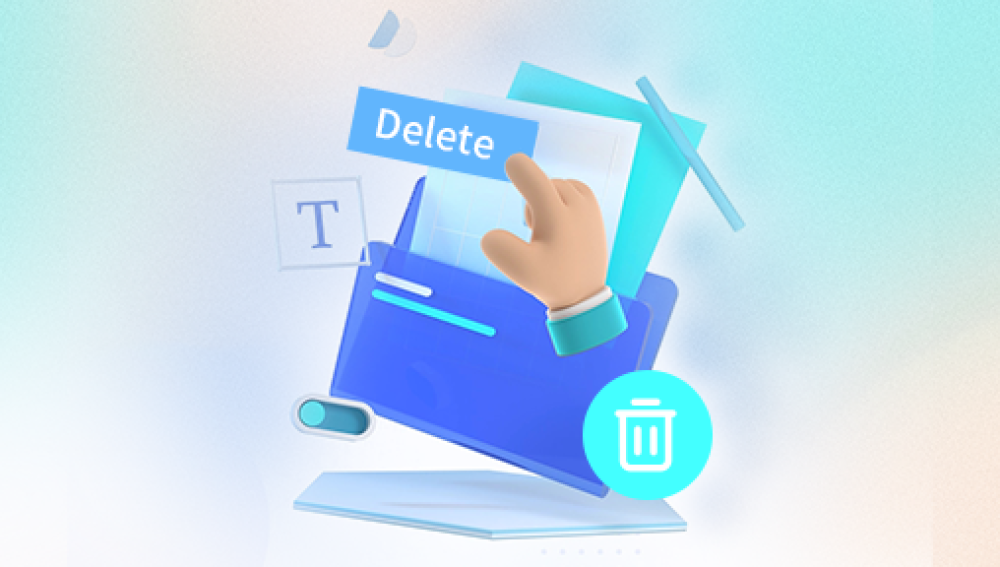1. Google Drive
Google Drive is a cloud storage service that offers users the ability to store and back up their files and folders online. Restoring data from Google Drive can be necessary if you have accidentally deleted files, need to retrieve previous versions, or are transitioning to a new device.
2. Accessing Google Drive Backup
Via Web Browser
Open Google Drive:
Go to Google Drive in your web browser.
Log in with your Google account credentials if you aren’t already signed in.
Navigate to Your Backup:
In the left sidebar, click on “My Drive” to view your files and folders.
If you’re looking for backups specifically, click on “Backups” in the left sidebar.
Search for Files:
Use the search bar at the top to find specific files or folders.
Via Google Drive App
Open the Google Drive App:
Launch the Google Drive app on your mobile device.
Sign in with your Google account if needed.
Navigate to Your Backup:
Tap on “My Drive” to see your files and folders.
Look for a folder labeled “Backups” if you’re looking for backed-up data specifically.
Search for Files:
Use the search function to locate specific files or folders.

3. Restoring Files
Restoring Individual Files
Locate the File:
In Google Drive, find the file you want to restore. You can use the search bar if you’re having trouble locating it.
Open File Options:
Right-click on the file or tap the three vertical dots next to it.
Restore or Download:
Select “Download” to save the file to your device.
Alternatively, if you want to move it back to “My Drive” from a different location like “Trash,” choose “Restore” if applicable.
Restoring Entire Folders
Locate the Folder:
Navigate to the folder you want to restore.
Open Folder Options:
Right-click on the folder or tap the three vertical dots next to it.
Restore or Download:
Select “Download” to save the folder to your device. Google Drive will compress the folder into a ZIP file for easier downloading.
To restore from Trash or a different location, select “Restore” if the option is available.
4. Using Google Drive’s Trash Bin
If you’ve accidentally deleted files or folders, they might be in Google Drive’s Trash. Here’s how to restore them:
Open Trash:
On the left sidebar, click on “Trash” or “Bin.”
Find Your Deleted Items:
Browse through the items in Trash to locate the files or folders you want to restore.
Restore Items:
Right-click on the item or tap the three vertical dots next to it.
Select “Restore” to move it back to its original location in “My Drive.”
5. Restoring Data from Google Drive on Different Devices
On a Computer
Access Google Drive:
Open your web browser and go to Google Drive.
Locate and Restore Files:
Use the search bar or navigate through your folders to find the file or folder you want to restore.
Right-click and select “Download” or “Restore” as needed.
On an Android Device
Open Google Drive App:
Launch the Google Drive app on your Android device.
Locate and Restore Files:
Use the search bar or browse through your folders to find the file or folder you want to restore.
Tap the file or folder, then tap the three vertical dots and select “Download” or “Restore” if available.
On an iOS Device
Open Google Drive App:
Open the Google Drive app on your iOS device.
Locate and Restore Files:
Use the search function or browse through your folders to find the item you want to restore.
Tap the file or folder, then tap the three vertical dots and select “Download” or “Restore” if available.
6. Troubleshooting Common Issues
File Not Found: Ensure you’re looking in the correct location. Check Google Drive’s Trash if you recently deleted the file.
Restore Option Not Available: If the restore option is not visible, the file might not be in a location where restoration is possible, such as a different user’s Drive.
Download Errors: Check your internet connection and ensure you have enough storage space on your device.
7. Best Practices for Managing Google Drive Backups
Regular Backups: Schedule regular backups to ensure that your important files are consistently saved.
Organize Files: Keep your Google Drive organized with clear folder structures to make it easier to locate and restore files.
Monitor Storage: Regularly check your storage quota to avoid running out of space.
Secure Your Data: Enable two-factor authentication for added security to protect your Google Drive from unauthorized access.
Restoring data from Google Drive is a straightforward process once you are familiar with the steps. By using the web interface, mobile apps, or managing your Trash, you can efficiently recover your files and folders. Regular backups and good organization practices will help you maintain a well-managed Google Drive and ensure that your data is safe and easily recoverable.




